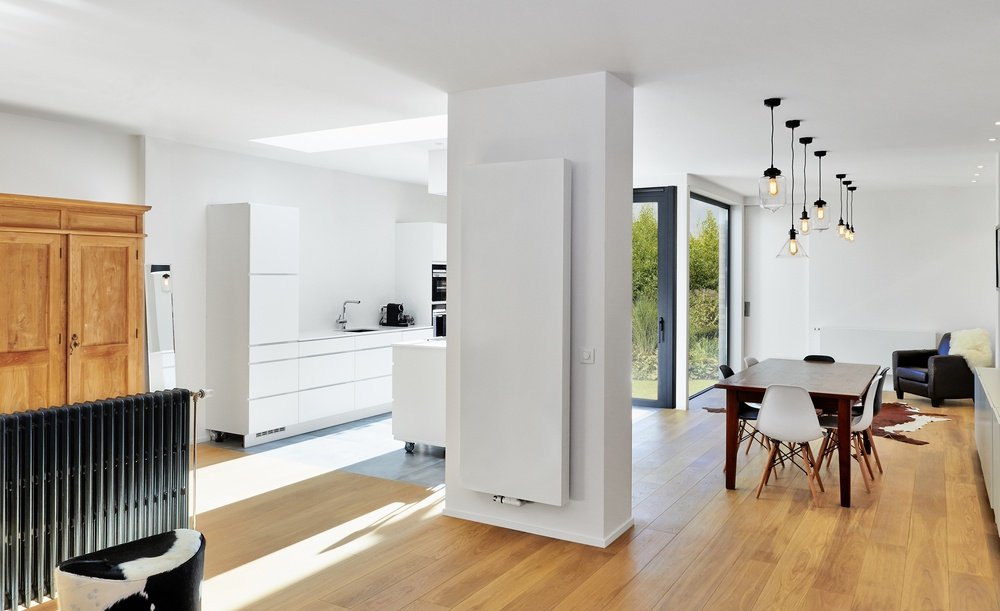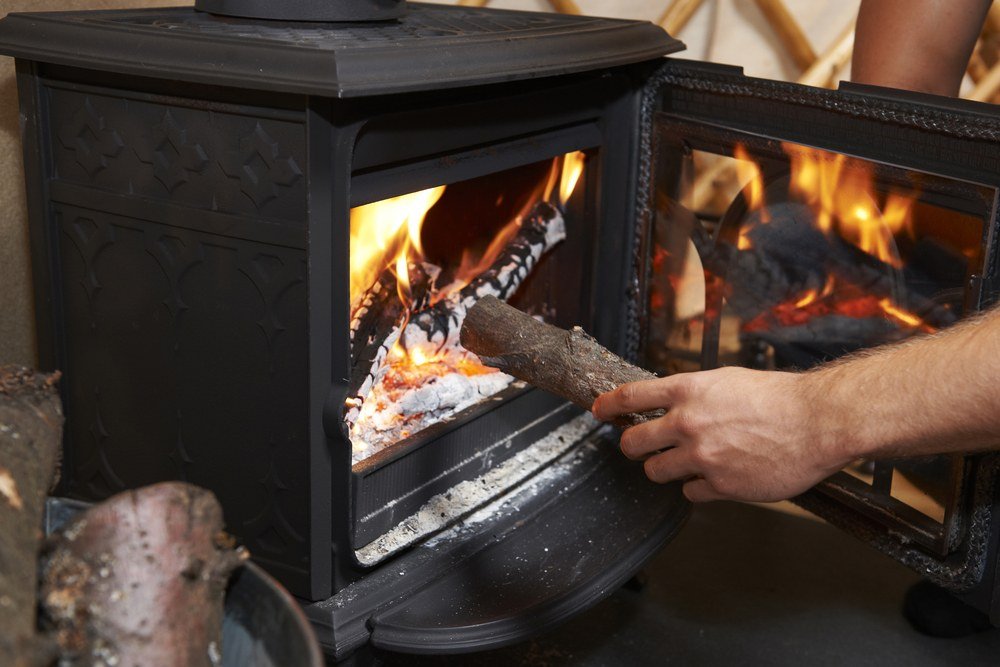They Do Exist! Energy Efficient Heaters for Large Spaces

You may think that it’s impossible to maintain the climate in your home while being energy efficient, simply because the size of the space is just too big, but you would be wrong. There are actually a handful of options that you have at your disposal that can allow you to heat your home while thinking green, even if you have larger rooms. That’s why we’ve broken down a list of what energy efficient heaters can work for your large space, and why so many people find it challenging to implement energy efficiency in their lives.
Challenges of Becoming Energy Efficient
Moving towards energy efficiency may seem like a no-brainer, so you may question why it isn’t a bigger trend than it already is. The answer is simple: while there are major benefits to moving to a more energy-efficient heater, there are challenges that stand in the way, most of which can be attributed to a lack of knowledge and the cost implications.
Knowledge
One of the earliest challenges that needs to be combatted is the lack of knowledge among homebuyers and owners. Most homeowners do not know how much energy they consume, and because of this, they can very easily underestimate how much they can save by transitioning to more energy-efficient options.
If the homeowner has large rooms like a living room, or a room with large windows, they may not even know how much energy goes into heating these rooms or how much energy they lose through leaks. This lack of knowledge can hide the benefits that they could see if they were to switch to a more energy-efficient heating system. They may also not be aware of rebates or tax credits, which would be knowledge that could help sway a homeowner.
Long-term Residential Plan
Energy-efficient heating systems are a larger expense, with the economic benefits being felt over a long-term time frame. Unfortunately, homeowners that do not see themselves spending the rest of their lives in their current home do not see this long-term benefit as something they will ever recoup the costs for. If, for example, someone is living in a home that they consider to be a temporary living situation, it will affect the amount of money they are willing to spend on the house.
Money Allocation
When all is said and done, it all comes down to the bottom line. There’s no secret that any sort of change to a home’s heating system is a huge investment, and a more energy-efficient system is no different. Allocating the money for this sort of expense is a huge barrier that a lot of families cannot afford, especially when you factor in the costs it will take to install the system.
Types of Energy-Efficient Heating Systems
Solar
Solar heat is considered the most energy-efficient and the most cost-efficient of all the heating system options available to you. Once you have your system installed and paid for, solar energy is free–assuming you do not have to supplement your energy by another source in the winter months, when sunlight is less plentiful.
Solar hot air systems work by using collectors on southern-facing walls and windows that absorb the heat from the shining sun; the window-affixed systems can really come in handy if you have a room that loses a lot of heat to larger windows. The collectors will also draw cooler air from the inside of the house, heat it, and release it to warm the room. These systems are fairly easy to install, inexpensive, and a single collector can heat 500 square feet, which means you can very easily use these systems to heat larger rooms, such as living rooms or master bedrooms. Best of all, these systems can easily be installed in new or existing homes.
Geothermal
You may not know what geothermal heating is, but it’s one of the most environmentally friendly heating systems out there, due to the fact that it works by pulling heat from the ground. Geothermal heat taps into the natural “loop” that occurs when the ground absorbs heat from the sun.
The geothermal heat pump extracts this natural heat from the ground and distributes that heat through a conventional duct system. During the summer months, when you’re looking for cooler air for your home, the opposite process occurs, as the system pulls cooler air from the ground.

Wood
While it isn’t the most eco-friendly renewable heat source, when you compare it to geothermal and solar options, modern wood burning stoves have made efforts to make the process much less pollutive than their ancestors.
Wood burning stoves are a great option, though, because it is an available renewable resource that just about everyone has access to. If you’re not chopping your own wood, smaller brush or wood pellets will help heat your home, though there is considerable maintenance compared to the other options you have at your disposal.
Non-Geothermal Heat Pump
Depending on the climate you live in, non-geothermal heat pumps – that is a heat pump that pulls heat from the air – can be a great option for you. Energy-efficiency of these types of pumps rely on your climate, so if you live in a cooler area, these systems are less energy efficient than if you live in a more temperate climate.
You don’t have to sacrifice comfort in your home heating system in order to be more energy-efficient, even if you have rooms on the larger side or if you have larger windows. Whether you choose to go with a solar option, a geothermal option, or other heating systems, you can make a choice that benefits you and the environment.


